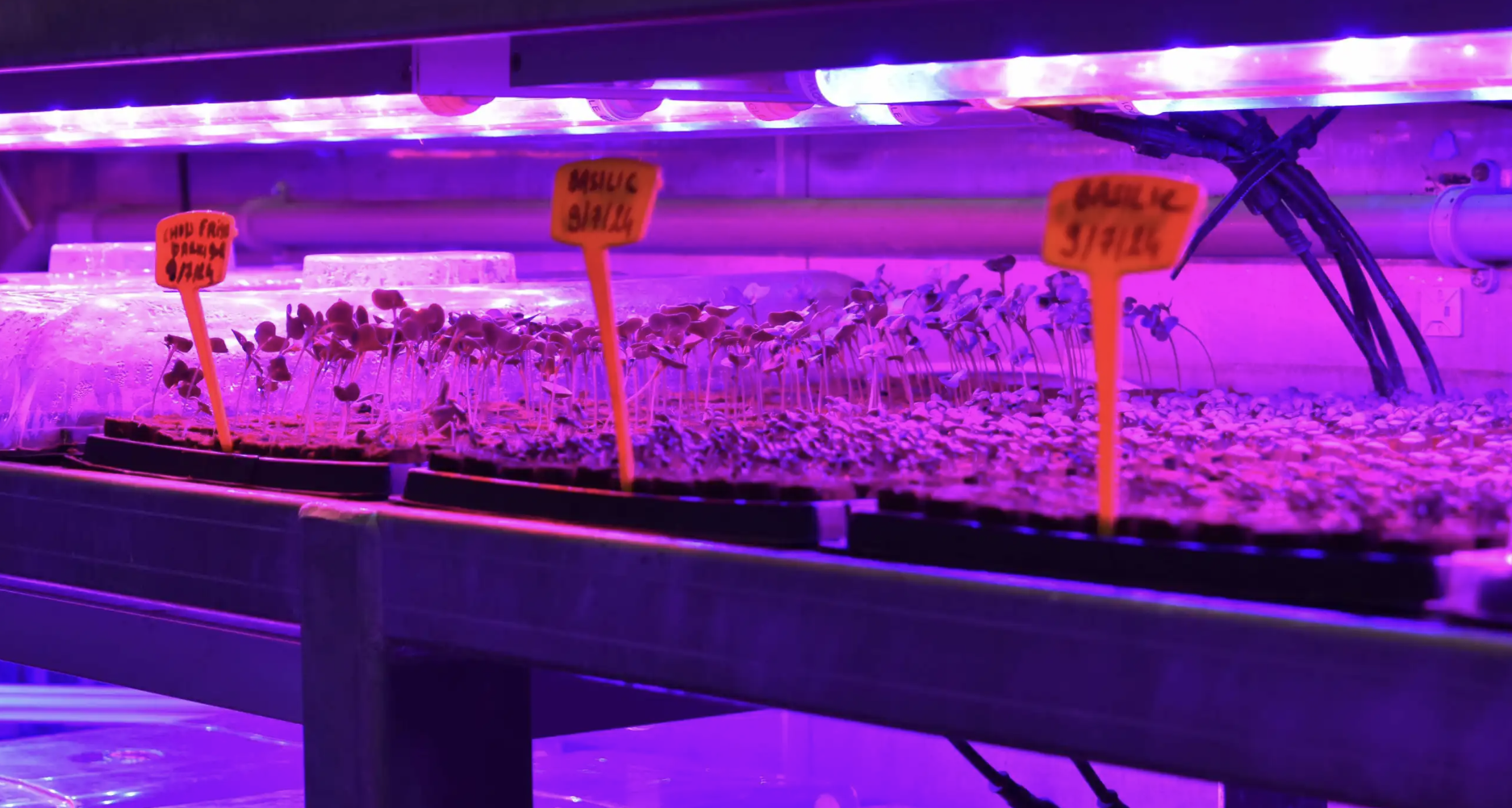FRANCE: Adding Container Farming To An Existing Farming Operation
14th August 2024
3 minutes read
Image provided by SEPEC Consults
Key Takeaways:
Agricultural Diversification: Mickael Burban, a farmer from Noyal-Muzillac, has incorporated container farming into his traditional livestock farming to diversify his agricultural practices.
Response to Climate Challenges: The decision to adopt hydroponics was influenced by climate change, the need for diversification, and an interest in new agricultural technologies.
Support from SEPEC Consults: SEPEC Consults provided technical and financial assistance for the container farming project, utilizing reconditioned maritime containers for vertical hydroponic farming.
Positive Early Results: Initial harvests have been quick and of good quality, with reduced environmental impact due to solar energy and low water usage.
Future Prospects: Burban plans to stabilize sales, diversify products, and explore potential expansion into a larger indoor farm.
Background in Traditional Agriculture
Mickael Burban, a farmer from Noyal-Muzillac, began his career in agriculture in 1996, gaining experience by working on various farms through an agricultural replacement service. In 1998, he took over a farm at Grand Cussé, specializing in Charolais cattle breeding. Over time, the farm diversified by introducing direct meat sales, regional products, and installing photovoltaic panels, contributing to the farm’s income while reducing operational costs.
Image provided by SEPEC Consults
Transition to Hydroponics
Recently, Burban decided to invest in agricultural technology by incorporating a second-hand hydroponic container farming from Freight Farms into his operation. This decision was influenced by several factors, including the impacts of climate change, the need to diversify activities beyond livestock farming, and an interest in exploring new technologies.
“I was looking for a way to diversify our production while addressing climate challenges. Hydroponics seemed like a viable solution to these challenges while offering fresh products to our local community,” Burban said.
SEPEC Consults provided technical and financial assistance to support the implementation of this project. This partnership helped Burban navigate the challenges associated with installing and operating the hydroponic system. “SEPEC has been a valuable partner. They assisted us in understanding and utilizing the hydroponic system effectively and provided financial support that was crucial for the project’s success,” he noted.
The selection of crops for this new system was made in consultation with SEPEC Consults, considering local market needs. The chosen crops, including parsley, chives, coriander, basil, shiso, kale, Pak Choi, lettuce, and other aromatic plants, aim to meet a growing demand for fresh, high-quality products.
Challenges and Initial Observations
Image provided by SEPEC Consults.
The introduction of the container farming system came with challenges, particularly in securing financing, as banks were hesitant to support a technology that is still relatively new in the agricultural sector. “Obtaining funding for this project was challenging due to the banks’ lack of familiarity with this technology,” Burban mentioned.
Despite these challenges, the initial outcomes have been positive. “The system was set up quickly, and we saw notable results by the fourth week, with the first harvest occurring within five weeks. Additionally, using solar panels to power the container helped reduce production costs and environmental impact,” he said.
Hydroponics also uses minimal water, which is increasingly important in regions where water management is becoming critical.
Impact on the Local Community
The introduction of hydroponic crops has attracted interest from Burban’s customers. “Our customers have responded positively to the quality of the products, particularly in terms of taste, texture, and color,” Burban observed. Some customers have also shown interest in the technology due to its potential to address challenges like climate change and the need for more resilient supply chains.
Future Prospects
In the short term, Burban aims to stabilize sales of his hydroponic production and build a regular customer base. “We are still working on establishing a stable customer base and ensuring that our production finds lasting success in the local market,” he said.
In the medium term, Burban plans to diversify its production with products like sauces or prepared dishes. In the long term, he is considering expanding this activity by supplying restaurants and possibly increasing the number of containers or creating a larger indoor farm.





